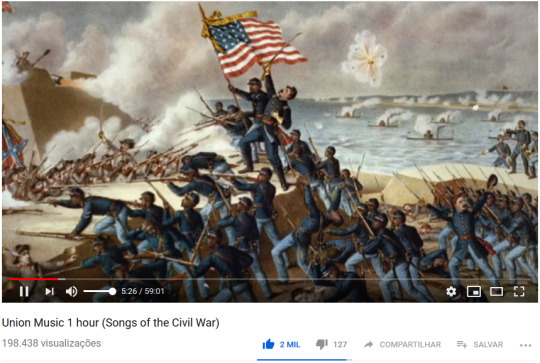


In writing about the Battle of Antietam, McPherson graphically depicts the horrors that occurred that day.
BATTLE CRY OF FREEDOM SPARKNOTES FREE
239.) McPherson further examines how by the act of signing this proclamation, the entire focus of the war changed from a battle to simply reunite the country, to one based upon a moral imperative to free an enslaved people. Yet before signing this document, Lincoln gave the Confederate one last chance to rejoin the Union and keep their slaves! (The deadline was January 1, 1863. He also shows how the Battle of Antietam helped to sway Lincoln into signing the Proclamation of Emancipation. In looking at the causes and reasons for the war, McPherson also helps to dispel the myth that the fight over slavery was the main instigator of the war by examining how the movement for the abolition of slaver slowly grew as weapon of war - not for the expressed purpose of freeing the slaves. McClellan was afraid to risk failure, so he risked nothing. His army was perpetually almost ready to move, but could not do so until the last horse was shoed and the last soldier fully equipped. He was a perfectionist in a profession where nothing could ever be perfect. McClellan, who commanded the Union's Army of the Potomac, McPherson explores how McClellan's perfectionism served to stymie his ability to effectively prosecute the war. For example, when looking at General George B. Throughout this text is interwoven with short, compelling biographies of the main players. This overview enables the reader to understand the events that led up to the Battle at Antietam, and the effects that its outcome had on rest of the war. This overview not only includes an outline of the major events, but also takes an intriguing looks at many of the philosophical and political issues that helped to fuel the war. McPherson chronicles the horrific events of that bloody day, while also offering reading a succinct overview of the Civil War. In Crossroads of Freedom: Antietam James M. No matter what name you use to refer to this battle, Septemwas, and still is, the bloodiest day in American history. For the Union, this battle became know as the Battle of Antietam, for the Confederates, it was the Battle of Sharpsburg. Many more would later die of their wounds. By the days end, upward to 6,500 men had been slaughtered. On SeptemUnion and Confederate forces clashed near the village of Sharpsburg, Maryland. (Note: The statistic on total number soldiers killed during the war was obtained from the The Library of Congress's Soldiers in the Civil War webpage.) In all, somewhere around 620,000 Americans lost their lives during this conflict, and Septemwas the most costly day of all. What many people are no longer aware of, however, is the monumental cost in human lives that helped to finance the war. Many can recount the names of the major engagements, the generals who prosecuted the battles, and the honorable reasons, or supposed reasons, that gave rise to this deadly conflict. The Civil War is one such conflict that has taken on a glorious, mythic persona. Time dulls the memory of the horrific aspects of fighting, until the collective historic memory of a people settles upon the victories, the heroes, and patriotic or religious fervor that surrounded a given battle or war. Reviewed by Rochelle Caviness - June 16, 2003ĭeath, the cries of the wounded, and the unforgettable smell of blood mingling with the chocking stench of excrement is a constant that transcends all battlefields, from those in modern day Iraq to the ancient battlefield at Leuctra where Spartan and Thebean forces clashed in 371 B.C.E. The Battle That Changed the Course of the Civil War.


 0 kommentar(er)
0 kommentar(er)
